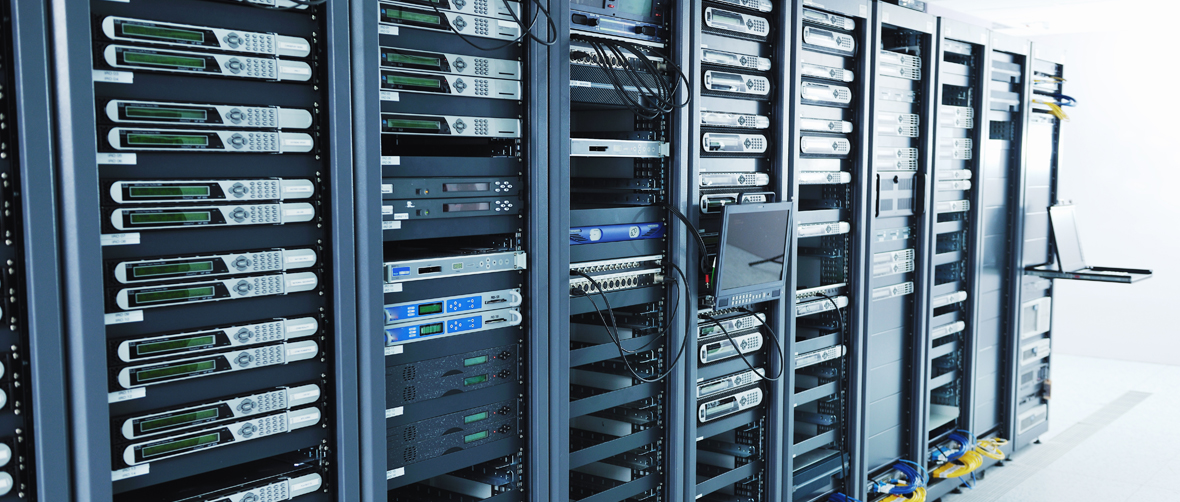“A game-changing OPGW connectivity for Data Centers to overcome traditional fiber challenges”
Indian Data Center landscape
India’s data center market is booming in the era of virtualization and cloud computing as more and more businesses across the industries are shifting their servers to data centers, outside of their organizations, due to the ever-increasing volume of data and bandwidth requirements. As per the recent Mace-ANAROCK report, the Indian data center industry is expected to grow from US$ 3.6 Bn currently to US$ 19 Bn in 5-7 years. This will be majorly driven by the government’s thrust on Digital India & increasing localized data storage demands of IT and telecom, BFSI sectors, and global IT giants with operations in India.
According to the report, Mumbai and Chennai will together witness 60% of total future capacity, with NCR and Hyderabad contributing another 33%. Due to the highest submarine cable connectivity, Mumbai and Chennai are expected to attract the most traffic and capacity.
Investing in the data center market in India seems to be an attractive option due to low build cost, lower power tariff compared to elsewhere in the world. Hence large corporations like Amazon, Microsoft, Oracle, Adani, Hiranandani are in process of unveiling their data centers to support increasing customer demand for enterprise cloud services in the country.
What are the current road-blocks in Data Center Connectivity?
In addition to location, price, and scalability; uptime and reliability are arguably the key consideration when choosing an optical fiber connectivity partner. A good choice of fiber connectivity means an optimized infrastructure and application environment, capable of reaching the entire audience, and serving customers better than competitors. On the flip side, poor connectivity can result in unstable connections and lowers efficiency.
The conventional Intracity Data Center connectivity option is to go with buried / underground optical cables. However, the underground cable is not so reliable with its history of constant cuts, lower uptimes, and difficulties faced due to RoW issues in case of altering the existing paths.
These data centers are expected to deliver 24/7 smooth operations. To do so there are various external dependencies like stable and uninterruptible power supplies, proper ventilation, high-quality cooling systems, fire suppression, reliable backup generators, and connections to external networks. Theoretically, a data center can be built at any location which has continuous power; however, the connectivity has a significant impact on the quality of service that the facility can provide to its customers. Customer experience will create a differentiator and help them increase their market penetration and retain the existing share.
Why Intracity Data Center connectivity is crucial?
India has several important intercontinental submarine cables connecting it to Asia, Africa, and Europe. There are hundreds of Indian data centers, the majority of these colocation facilities are located in and around Mumbai. These data centers don’t exist in isolation. They need to talk to each other, share data and provide back-ups and redundancy. With a speedy, reliable connection in place, physically separate data centers can more easily share resources and balance workloads.
Data sets coming into or leaving a data center can be very large from hundreds of Gigabits to Terabits. To handle these kinds of loads, networking equipment must provide reliable, high-capacity connections that scale simply and quickly to address ever-changing traffic.
What is OPGW and how it’s a revolutionary solution to the existing setup?
OPGW (Optical Ground Wire) cable which runs over the high-voltage power transmission lines, can be easily reached to the data centers within the city to provide the best-in-class fiber connectivity.
Due to the height at which this fiber runs, its sabotage proof, uses existing Right of Way (RoW) and provides an uptime of more than 99.9% which is unheard of in the telecom industry. This is a game-changing innovation in providing the most reliable intracity data center fiber connectivity which is the need of the hour for satisfying the expectations set by their new-age customers like OTTs and enterprise carriers.
Within Mumbai, the city which hosts major Data Centers within the country, Sterlite Power has built an intracity Data Center OPGW Corridor ring. This corridor runs within a vicinity of 500 meters to several prime hyperscale Data Centers like CtrlS, Sify, Web Werbs, Yottato provide almost end-to-end OPGW connectivity. Data centers and OTT players can easily tie-up with telecom partners who actually ride on the OPGW and source multiple Gigs/Terabytes of active bandwidth.
Is the OPGW solution scalable?
The business also intends to build more such rings to fulfill demands from cities like Pune and other intracity pockets. The data requirements of Tier 2 cities are on the rise because of a decentralized workforce, there will be an increased demand for rapidly deployable smaller data centers built closer to smaller cities. The omnipresent OPGW network across the Maharashtra state can easily fulfill this new demand from smaller cities and becomes an attractive fiber choice.
Author:
Rajshekhar Deshraj, Head – Convergence Business, Sterlite Power
Disclaimer: The views and opinions expressed in this article are those of the author(s) and do not necessarily reflect the official policy or position of Sterlite Power.

 Please wait...
Please wait...